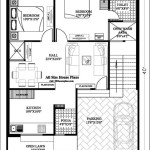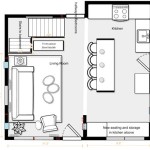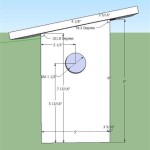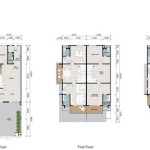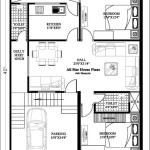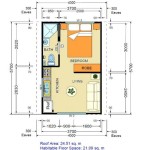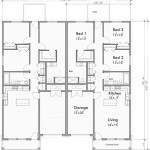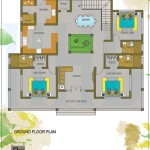Essential Aspects of Design of House Floor Plan
A well-designed house floor plan is essential for creating a comfortable, functional, and aesthetically pleasing home. When designing a floor plan, there are several key aspects to consider to ensure that the final result meets your specific needs and preferences. ### Functionality and Flow The primary goal of a floor plan is to optimize functionality and flow. The layout should allow for seamless movement between different areas of the house, creating an efficient and user-friendly space. Consider the frequency of use for different rooms and plan the arrangement accordingly, with frequently used areas easily accessible from other parts of the home. ### Room Placement and Size The placement and size of each room play a crucial role in the overall functionality of the floor plan. Bedrooms should be positioned for privacy and adequate natural light, while common areas such as the living room and kitchen should be centrally located for easy access. Pay attention to the proportions and dimensions of each room to ensure they are both comfortable and visually appealing. ### Natural Light and Ventilation Natural light and ventilation are essential for creating a healthy and inviting living environment. Design the floor plan to maximize natural light by incorporating windows and skylights. Proper ventilation is also crucial for air quality and can be achieved through cross-ventilation and the use of exhaust fans. ### Storage and Organization Adequate storage is a cornerstone of a well-designed floor plan. Incorporate built-in closets, cabinets, and drawers to keep belongings organized and out of sight. Consider hidden storage solutions to maintain a clutter-free and visually cohesive space. ### Energy Efficiency Energy efficiency should be a priority in the design process. Optimize the floor plan to minimize heat loss and gain by strategically placing windows, doors, and insulation. Consider using energy-efficient appliances and fixtures to reduce energy consumption and create a more sustainable home. ### Architectural Style and Aesthetics The architectural style of your home should be reflected in the floor plan. Whether you prefer a traditional, modern, or contemporary aesthetic, the layout should complement the overall design. Pay attention to details such as ceiling heights, molding, and other architectural elements to create a harmonious and visually appealing space. ### Personalization and Flexibility Your floor plan should reflect your unique lifestyle and needs. Consider how you use your home and customize the layout to suit your preferences. Incorporate flexible spaces that can be adapted to changing needs, such as a convertible guest room or a multi-purpose room. Remember, designing a house floor plan is an iterative process that involves collaboration between homeowners, architects, and builders. By carefully considering the essential aspects outlined above, you can create a floor plan that meets your specific needs and creates a dream home for you and your family.
Floor Plans Types Symbols Examples

Floor Plans Types Symbols Examples

Small House Design Shd 2024007 Pinoy Eplans One Y Bungalow Plans Layout

Small House Design 2024005 Pinoy Eplans Modern Plans Floor

Floor Plan Creator And Designer Free Easy App

Check Out These 3 Bedroom House Plans Ideal For Modern Families

Simlpe House Design Floor Plan Template

20 Best Floor Plan To Create Your Plans Foyr

Top 5 Modern House Plans With Photos Floor Archid

18 Small House Designs With Floor Plans And Decors

